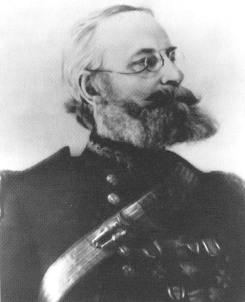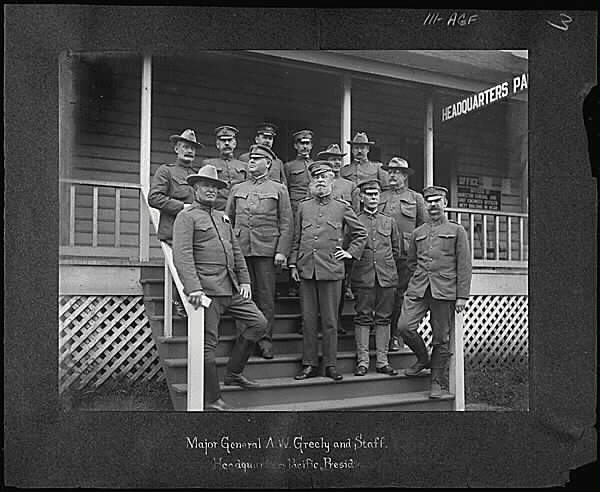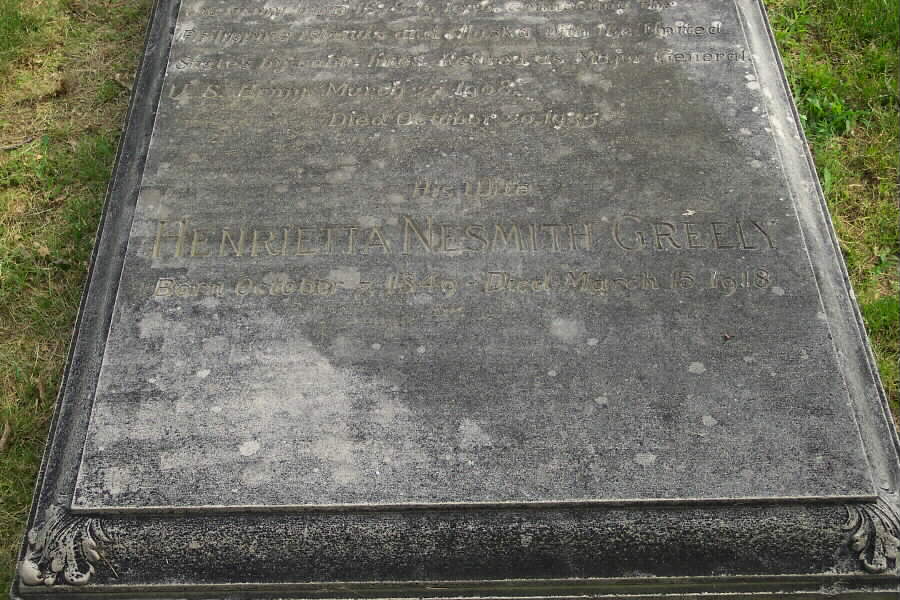Born on March 27, 1844 in Newburysport, Massachusetts, he enlisted in the 19th Massachusetts Volunteer Infantry and served throughout the Civil War, seeing action in several major battles, sustaining serious wounds on three occasions and rising in rank from private to Brevet Major of Volunteers.
In March 1867 he entered the Regular Army as a Second Lieutenant in the 36th Infantry. He was promoted to First Lieutenant of Cavalry, May 1873 and served mainly in the West and in Washington, D.C.
In 1881 he volunteered for a scientific expedition to the Arctic being planned by the Army according to recommendations of the 1879 International Polar Geographical Conference, which had designated 1882-83 as the first International Polar Year. He was placed in command of a 25-man party sent to establish a meteorological station and sailed in July from Newfoundland aboard the USS Proteus and in August landed at Lady Franklin Bay on the eastern shore off Ellesmere Island. There he established his base camp, Fort Conger, where detailed meteorological and geophysical observations were carried out and from which exploratory expeditions set out for the interior, discovering Lake Hazen and, on the eastern coast, Greely Fjord, and in May 1882 reaching their furthest point north, 83 degrees, 24 minutes. Supply and relief ships set out in 1882 and in 1883 but failed to reach Fort Conger. In August 1883, by prior arrangement, he and his men broke camp and made their way south by boat to Cape Sabine, beyond which they could not go. With dwindling provisions they wintered there, and by the time relief arrived in June 1884 (USS Thetis, USS Bear and USS Alert, all under the command of Commander Winfield Scott Schley) they were left only Greely and six others, one of whom died shortly thereafter. Although he was publicly criticized at first, it eventually became clear that, given his explicit orders and sheer physical necessity, performed correctly and courageously throughout the ordeal.
He was promoted to Captain in June 1886. He became by order of President Grover Cleveland a Brigadier General and Chief of the Signal Corps of the Army in March of the following year. In that post, he was responsible over the next 20 years for construction of tens of thousands of miles of telegraph lines and submarine cables in Puerto Rico, Cuba, the Philippines, Alaska and elsewhere, and for the Army's earliest adoption of wireless telegraphy. He was also head of the Weather Service until it was transferred to the Department of Agriculture in 1891.
He was a delegate to the International Telegraph Conference in London and the International Wireless Telegraph Congress in Berlin in 1903. In February 1906 he was promoted to Major General and placed in command of the Northern Division. He was later transferred to the Pacific Division and there oversaw relief operations following the San Francisco earthquake in that year.
He retired from the Army in 1908.
In addition to his work on official and scientific reports of Lady Franklin Bay Expedition he wrote several other books including “Three Years Of Arctic Service,” 1886; “American Weather,” 1888; “American Explorers,” 1894; “Handbook of Arctic Discoveries,” 1896; “True Tales of Arctic Heroism,” 1912; and “Reminiscences of Adventure and Service,” 1927. He was widely honored for scientific work and was belatedly awarded the Medal of Honor, in accordance with a Special Act of Congress of March 21, 1935, at his home for “his life of splendid service.” He was a founder of the National Geographic Society. He was the only volunteer private to attain the rank of Brigadier and Major General in the Regular Army.
He died in Washington on October 20, 1935 and was buried in Section 1 of Arlington National Cemetery.
Courtesy of the U.S. Army Signal Corps
Adolphus W. Greely, the Signal Corps' fifth Medal of Honor winner began his life of service on some of the Civil War's bloodiest battlefields – Balls Bluff, Antietam and Fredericksburg. . After rising from Private to Sergeant in the 19th Massachusetts, Greely accepted a commission in the 81st Colored Troops in 1863.
Lieutenant Greely, Regular Army, saw frontier service in places like Wyoming and Utah. In his spare time, he studied telegraph and electricity. The training served him well when he was detailed to the Signal Corps in 1867.
After serving as a “trouble-shooter” in the construction of frontier telegraph lines, Greely volunteered in 1881, to lead an Arctic weather expedition. On a three year stint to Ellesmere Island near the north pole, Greely's party amassed a great deal of data on Arctic Weather and tidal conditions, but was almost wiped out when relief ships failed to reach them for two successive summers.
In 1887 President Grover Cleveland advanced Greely from rank of Captain to Brigadier General with his Appointment as Chief Signal Officer. In the following years, Greely's innovation led to the military use of wireless telegraphy, the airplane, the automobile and other modern devices.
Greely retired for age in 1908. After a trip around the world, he helped found the National Geographic Society and the first free public library in Washington, D.C.
On his 91st birthday, March 27, 1935, Greely was presented with a special Medal of Honor for “his life of splendid public service.” Greely died the following October and was buried with full honors in Arlington National Cemetery. NOTE: Also see Otto Andrea Nesmith, Captain, United States Army.
GREELY, ADOLPHUS W
- MAJOR GEN USARMY RET
- VETERAN SERVICE DATES: Unknown
- DATE OF DEATH: 10/20/1935
- DATE OF INTERMENT: 10/22/1935
- BURIED AT: SECTION WEST SITE 129
ARLINGTON NATIONAL CEMETERY
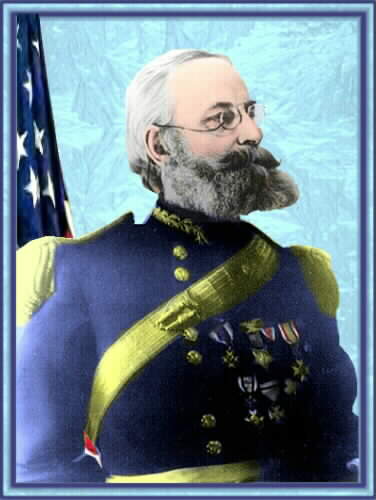
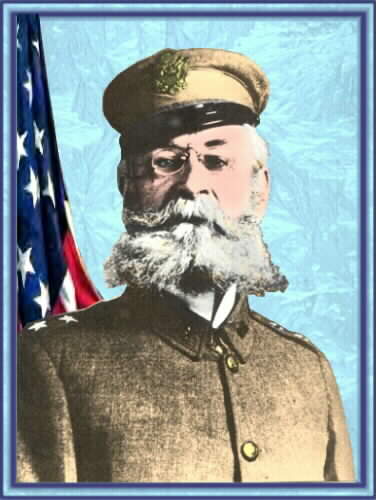
General Greely And Staff
Presidio of San Francisco Following the Earthquake of 1906
Courtesy of the National Archives
GREELY, ADOLPHUS W.
Rank and organization: Major General, U.S. Army, retired. Place and date: —-. Entered service at: Louisiana. Born: 27 March 1844, Newburyport, Massachusetts. G.O. No.: 3, W.D., 1935. Act of Congress, 21 March 1935.
Citation
For his life of splendid public service, begun on 27 March 1844, having enlisted as a private in the U.S. Army on 26 July 1861, and by successive promotions was commissioned as major general 10 February 1906, and retired by operation of law on his 64th birthday.
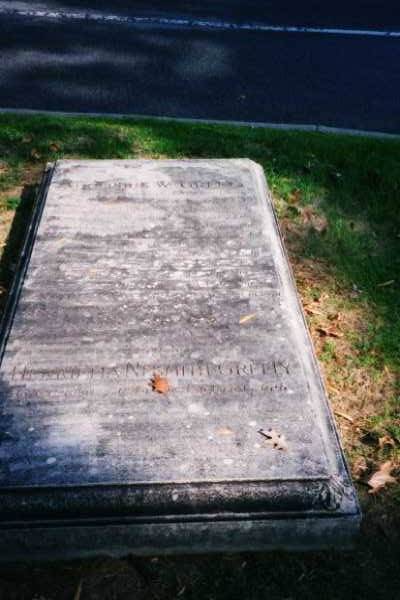
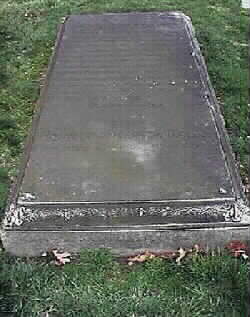

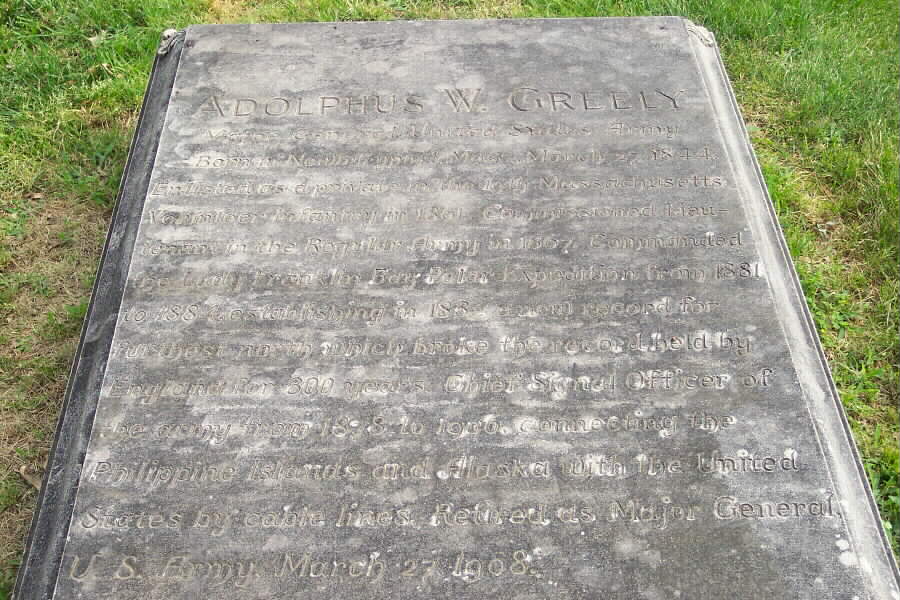
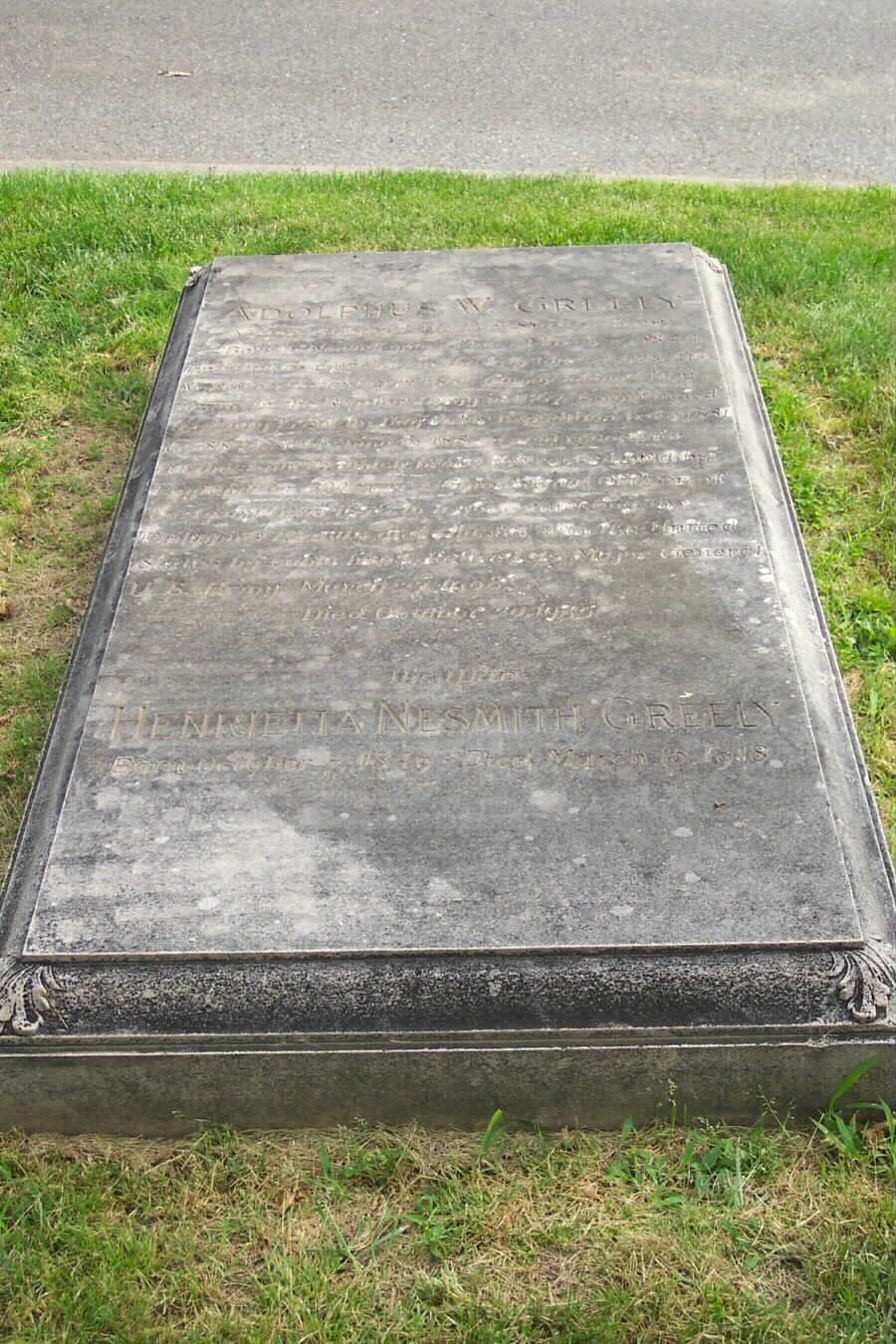
Michael Robert Patterson was born in Arlington and is the son of a former officer of the US Army. So it was no wonder that sooner or later his interests drew him to American history and especially to American military history. Many of his articles can be found on renowned portals like the New York Times, Washingtonpost or Wikipedia.
Reviewed by: Michael Howard

